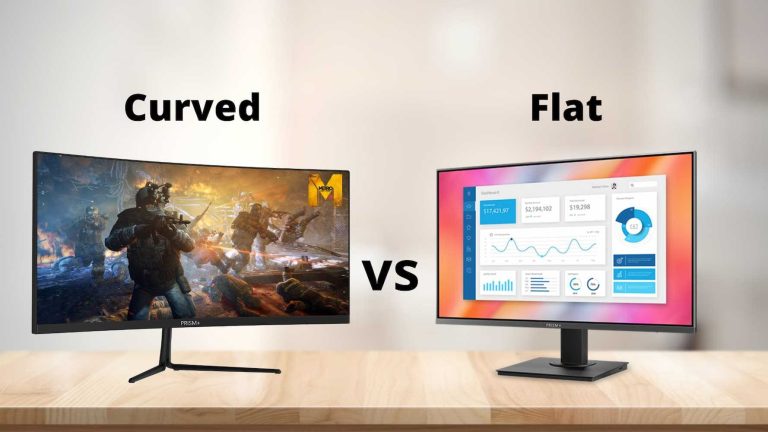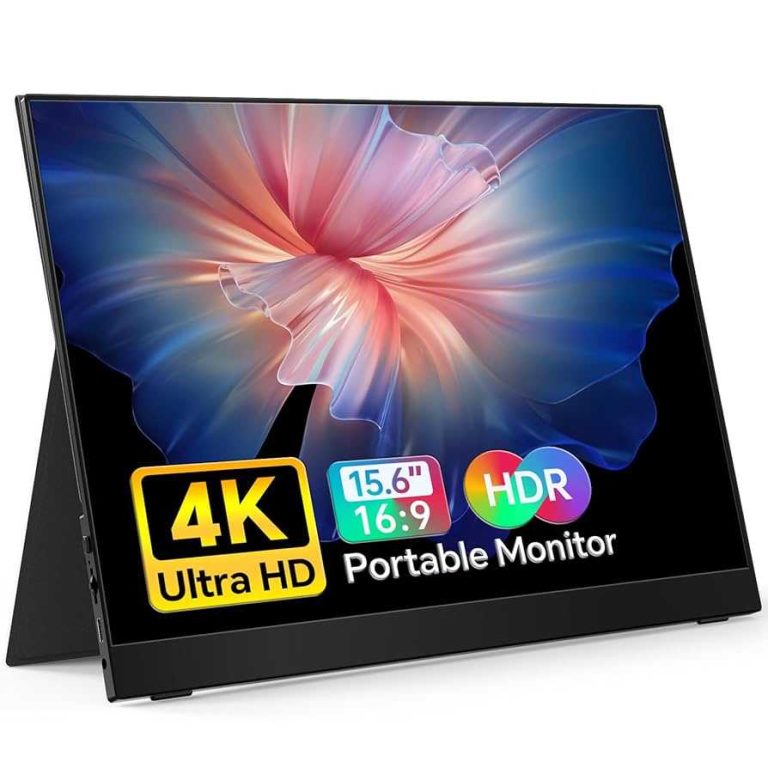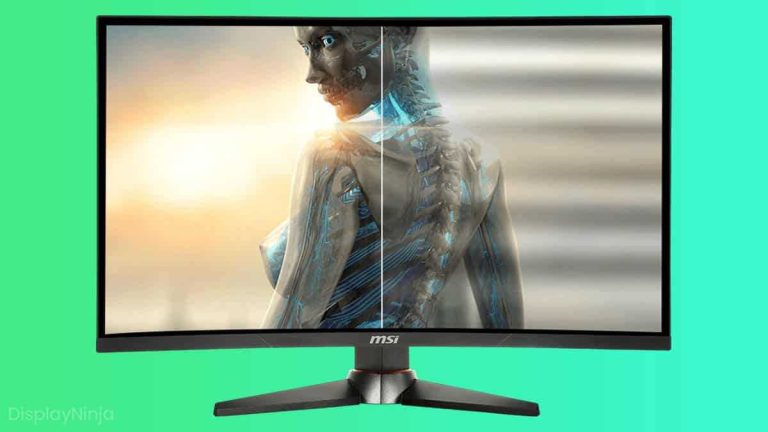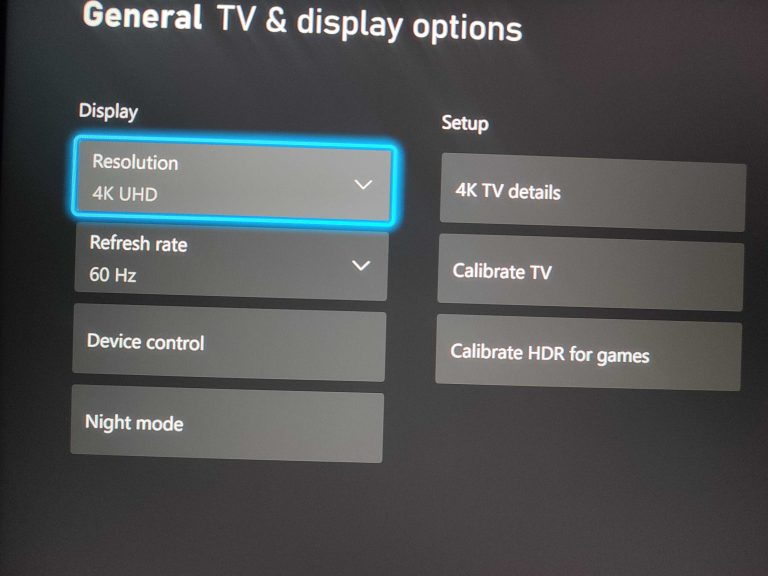To fix an IPS monitor showing a yellow tint, start by checking your monitor’s color calibration settings and resetting them to default. Ensure your graphics card drivers are up to date, and look for any hardware issues like loose cables or backlight problems. Sometimes, adjusting the color temperature or updating firmware can resolve the issue quickly. If these steps don’t work, it may require professional repair or replacement.
If your IPS monitor suddenly displays a yellowish hue, it can be quite distracting and hinder your work or entertainment experience. Often, the cause is a simple setting adjustment, a driver glitch, or a hardware malfunction. Troubleshooting these common issues step by step can restore the natural colors of your display. Understanding the potential causes and solutions can save you time and money, whether you’re a casual user or a tech enthusiast. Let’s explore the most effective ways to fix that unwanted yellow tint and bring back crisp, true-to-life colors to your monitor.
How to Fix IPS Monitor Showing Yellow Tint
Understanding the Cause of the Yellow Tint
When your IPS monitor shows a yellowish hue, it can be frustrating and confusing. The first step is to identify why this color shift occurs. Common causes include color calibration issues, hardware problems, or display settings gone awry. Knowing the cause helps you choose the proper fix and avoid unnecessary repairs.
Checking the Basic Settings on Your Monitor
Begin by reviewing your monitor’s settings. Sometimes, simple adjustments can solve the problem quickly. Navigate to the menu using your monitor’s buttons. Look for options like color temperature, image mode, or preset display modes.
Adjusting Color Temperature
Most monitors have a color temperature setting, often labeled as “Warm,” “Cool,” or “Standard.” Setting this to “Neutral” or “Default” can eliminate the yellow tint. If it’s set to “Warm,” try switching to “Neutral” or “Cool” and observe if the tint improves.
Resetting Display Settings
Many monitors have a reset option that restores default factory settings. Use this to clear any accidental changes that might cause color issues. Resetting often resolves issues without further intervention.
Tuning Color Calibration for Precise Display
Color calibration ensures your monitor displays accurate colors. Improper calibration can cause unnatural tints like yellow. Use built-in tools or calibration software for better results.
Using Built-in Monitor Calibration Tools
Some monitors include calibration options accessible through their on-screen menu. Follow the instructions to fine-tune color settings. Adjust the red, green, and blue levels to balance the colors properly.
Employing Calibration Software
For more precise adjustments, consider using calibration software like Windows Display Color Calibration or third-party programs. Connect a calibration device if available, and follow step-by-step prompts to correct color issues.
Updating Graphics Card Drivers
Outdated or corrupted drivers can distort display colors. Keeping your graphics card drivers current helps maintain color accuracy.
How to Update Your Drivers
Visit the manufacturer’s website, such as NVIDIA, AMD, or Intel, to download the latest driver version. Use device manager on Windows or system preferences on Mac to facilitate updates. Restart your computer after installing new drivers.
Verifying Driver Compatibility
Ensure your driver matches your graphics card model and operating system. Using incompatible drivers can cause display problems, including color shifts.
Checking Hardware Connections and Cables
Loose or faulty cables can cause color issues, including a yellow tint. Verify that all connections are secure and undamaged.
Inspecting and Replacing Cables
Use high-quality HDMI, DisplayPort, or VGA cables and replace any that are frayed or damaged. A faulty cable can distort colors or cause flickering.
Trying Different Ports
Connect your monitor to a different port on your graphics card or computer. This can help identify if a port is causing the problem.
Testing the Monitor on Another Device
To determine if the issue is with the monitor or your computer, connect it to another device. A different display output can show whether the yellow tint persists.
Using a Known-Good Computer or Laptop
Connect the monitor to a device with verified color accuracy. If the tint remains, the problem is likely with the monitor.
Assessing Results
If the yellow tint appears on all devices, consider troubleshooting the monitor hardware or contacting support. If not, focus on adjusting your computer’s display settings.
Performing a Factory Reset on Your Monitor
Many issues resolve with a factory reset. It clears all custom configurations and restores default settings.
How to Reset Your Monitor
Access the monitor’s menu, navigate to the reset option, and confirm. This process varies slightly between models but generally restores factory defaults.
When to Use a Factory Reset
Use this step if adjusting settings doesn’t fix the yellow tint. It’s especially helpful after firmware updates or settings mishaps.
Updating Firmware and Software
Manufacturers release firmware updates to fix bugs, improve performance, and enhance color accuracy.
Checking for Firmware Updates
Visit your monitor maker’s website and look for firmware updates relevant to your model. Follow instructions carefully to upgrade firmware safely.
Benefits of Firmware Updates
Updated firmware can fix bugs that influence display color, resolve hardware compatibility issues, and improve overall monitor stability.
Addressing Hardware Defects and Repair Options
If all software adjustments fail, your monitor may have a hardware defect. Common issues include backlight failure or damaged internal components.
Signs of Hardware Damage
Persistent yellow tint despite settings changes, flickering, or dead pixels may indicate hardware problems. In such cases, professional repair or replacement might be necessary.
Consulting a Professional Technician
If your monitor is under warranty or you’re uncomfortable fixing hardware issues yourself, contact a certified technician. They can diagnose and repair internal faults.
Preventative Measures to Avoid Future Color Tints
Proper maintenance and mindful usage can prevent color issues down the line.
Keep Software Updated
Regularly update your graphics drivers and monitor firmware for optimal performance.
Avoid Physical Damage
Handle cables gently, and avoid placing the monitor where it can be bumped or exposed to moisture.
Manage Heat and Environment
Ensure your workspace is cool and well-ventilated to prevent overheating that can affect internal components.
Additional Tools and Resources
Utilize third-party calibration devices for professional-grade accuracy. Hardware calibration tools like colorimeters can significantly improve display quality.
Recommended Calibration Devices
Popular options include the X-Rite i1Display or Datacolor Spyder series. These devices automate calibration for precise results.
Using Online Resources and Community Forums
Online forums and tutorials can offer tailored advice and troubleshooting tips from experienced users facing similar issues.
Summary of Key Fixes for Yellow Tint Issues
To correct a yellow tint on your IPS monitor:
- Adjust color temperature settings to neutral or cool.
- Reset display settings to factory defaults.
- Calibrate colors using built-in tools or software.
- Update graphics card drivers and monitor firmware.
- Check and replace damaged or incompatible cables.
- Test on another device to isolate the problem.
- Perform a factory reset if needed.
- Address hardware issues through professional repair if necessary.
Additional Related Topics
Consider exploring topics like optimal display calibration tips, best monitor settings for color accuracy, and how to extend the lifespan of your IPS monitor to prevent future issues. Ensuring your monitor stays in good shape and correctly calibrated helps maintain vibrant, true-to-life colors.
How To Fix Monitor Yellow Tint Screen in Windows 11 / 10/8/7 | Solve Yellow Screen Tint Problem 🟨🖥️
Frequently Asked Questions
What steps can I take to adjust the color settings on my IPS monitor to remove the yellow tint?
Start by accessing your monitor’s on-screen display (OSD) menu. Navigate to the color or display settings and look for options like color temperature or image mode. Choose a setting such as “Normal” or “sRGB” that offers a neutral color balance. Adjust the color temperature slider towards the cooler end if necessary, to reduce the yellow tint. Save the changes and check if the display appears more natural.
How can I calibrate my monitor to correct a yellow tint without external tools?
You can perform a basic manual calibration using built-in tools or settings on your computer. For Windows, open the Display Color Calibration tool by searching for it in the Control Panel. Follow the prompts to adjust gamma, brightness, and color balance, paying close attention to color temperature. For Mac, use the Display Calibrator Assistant through System Preferences. These steps help fine-tune colors to achieve a more accurate display.
Could a graphics card issue be causing the yellow tint on my monitor, and how do I resolve it?
Yes, outdated or corrupted graphics drivers can affect color rendering and cause a yellow tint. Update your graphics card drivers by visiting the manufacturer’s website and downloading the latest version. Alternatively, use device management tools like Windows Device Manager to check for driver updates. After updating, restart your computer and see if the color accuracy improves.
What role does ambient lighting play in the appearance of a yellow tint on my IPS monitor?
Ambient lighting can influence how colors appear on your screen. If your room has warm-toned or yellowish lighting, it might make the display’s yellow tint seem more prominent. To minimize this effect, try adjusting your room lighting to cooler or neutral tones and position your monitor away from direct light sources. Using monitor settings to adjust contrast and color balance also helps counteract ambient light effects.
How can a firmware update improve the display color accuracy of my IPS monitor?
Manufacturers release firmware updates to fix bugs and improve hardware performance, including color accuracy. Check the manufacturer’s website for your monitor model and see if any firmware updates are available. Follow their instructions carefully to install the update, which can enhance color rendering and potentially eliminate issues like a yellow tint. Regularly updating firmware ensures your monitor operates with optimal color fidelity.
Final Thoughts
To fix an IPS monitor showing yellow tint, start by checking the color calibration settings. Adjust the color temperature to a neutral or default setting to eliminate unwanted tints. If the issue persists, inspect the video cables for damage and ensure they are properly connected.
Next, update your graphics card drivers. Outdated drivers can cause display color problems. If needed, reset the monitor settings to factory defaults to restore proper color balance.
In conclusion, troubleshooting the yellow tint issue involves calibrating settings, inspecting connections, and updating drivers. By following these steps, you can fix IPS monitor showing yellow tint effectively and enjoy accurate colors again.

I follow the latest trends in smart devices, portable monitors, and gaming accessories. My goal is to provide real-world insights that help readers make smarter tech decisions.






